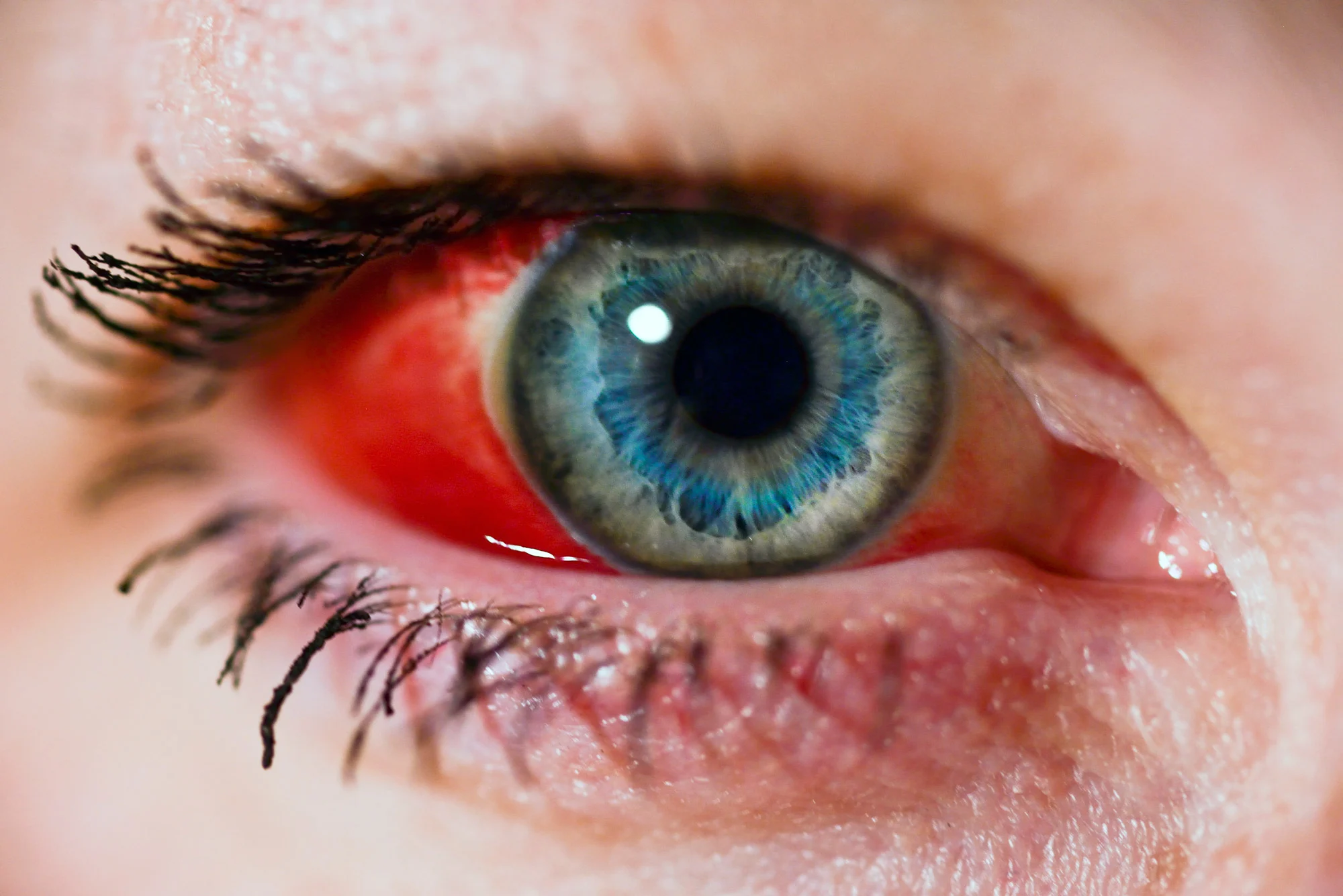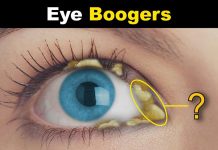Popped Blood Vessel Causes, Symptoms, and Treatment
In the realm of common medical issues, a “popped blood vessel” stands as a frequent occurrence that many of us have experienced or witnessed. It’s a phenomenon that can be a cause for concern, but understanding what happens when a blood vessel ruptures is essential. In this comprehensive guide, we delve deep into the world of popped blood vessels, exploring their causes, symptoms, and available treatment options. By the end, you’ll be equipped with the knowledge needed to navigate this common medical occurrence.
What is a Popped Blood Vessel?
Before we dive into the details, let’s get a clear understanding of what exactly a “popped blood vessel” entails. In straightforward terms, a popped blood vessel is when a tiny blood vessel beneath the skin’s surface breaks, causing blood to leak into the surrounding tissue. You might have heard it referred to as a “ruptured blood vessel” or “burst blood vessel.”
Causes of Popped Blood Vessels
Understanding why blood vessels rupture is key to managing this issue. Several factors can contribute to the occurrence of a popped blood vessel. Here are some of the common causes:

High Blood Pressure (Hypertension):
Elevated blood pressure can strain blood vessel walls, leading to ruptures, especially in smaller vessels.
Injury or Trauma:
Physical impact or injury to a specific area can cause blood vessels to burst, resulting in bruising.
Straining:
Activities that involve excessive straining, such as heavy lifting or childbirth, can put pressure on blood vessels, potentially leading to ruptures.
Symptoms of a Popped Blood Vessel
Recognizing the symptoms of a popped blood vessel is crucial for timely intervention. While the exact presentation can vary based on the location and size of the ruptured vessel, here are some common signs to watch for:
Bruising:
One of the most visible indicators is bruising in the affected area, often appearing as a red or purple mark.
Red or Spotty Skin:
The skin around the ruptured vessel may become red or develop small, spotty patterns.
Pain or Discomfort:
Some individuals may experience pain or discomfort at the site of the popped blood vessel.
Types of Popped Blood Vessels
Popped blood vessels can manifest in different types, primarily based on the size and location of the affected vessel. Understanding these variations can provide insights into the specific circumstances surrounding a blood vessel rupture:
Capillary Rupture:
Capillaries are the tiniest blood vessels, and their rupture often leads to pinpoint-sized red or purple spots known as petechiae.
Vein Rupture:
Rupture of larger veins can result in visible bruising and swelling in the affected area.
Artery Rupture:
Arterial ruptures are less common but can be more serious, typically resulting in significant bleeding.
Treatment and Home Remedies
Dealing with a popped blood vessel often involves straightforward management, and many cases can be resolved on their own. However, understanding how to alleviate discomfort and promote healing is essential. Here are some treatment and home remedy options:
Rest:
Allow the affected area to rest and recover, especially if the rupture is due to physical strain or injury.
Cold Compress:
Applying a cold compress or ice pack to the area can help reduce swelling and alleviate pain.
Elevation:
Elevating the affected limb or area can assist in draining excess blood and reducing swelling.
Over-the-Counter Pain Relievers:
Non-prescription pain relievers like ibuprofen or acetaminophen can help manage pain and inflammation.
Topical Creams:
Certain topical creams designed to reduce bruising may be used as directed.
Prevention and Lifestyle Tips
While some popped blood vessels are unavoidable, you can take steps to reduce the risk:
Maintain Healthy Blood Pressure:
Regularly monitor your blood pressure and take prescribed medications if necessary.
Avoid Excessive Straining:
Practice safe lifting techniques, and avoid overexertion during physical activities.
Protect Vulnerable Areas:
Use protective gear when engaging in activities that pose a risk of injury.
Stay Hydrated:
Proper hydration helps maintain the flexibility of blood vessel walls.
Consider Medication Effects:
If you’re on blood-thinning medications, discuss potential risks with your healthcare provider.
Complications and Risks
While popped blood vessels are usually harmless, complications can arise, such as the formation of hematomas (pockets of blood) or deep vein thrombosis (DVT). Recognizing these potential risks underscores the importance of monitoring your condition and seeking medical attention if necessary.
Frequently Asked Questions (FAQs) About Popped Blood Vessel
1. What is a popped blood vessel, and is it serious?
A popped blood vessel, also known as a ruptured blood vessel, is typically not serious and often resolves on its own. It occurs when a small blood vessel beneath the skin breaks, leading to bruising or redness.
2. What are the common causes of a popped blood vessel?
Common causes include high blood pressure, injury, straining during activities, underlying medical conditions, and medications like blood thinners.
3. How long does it take for a popped blood vessel to heal?
In most cases, popped blood vessels heal within a week or two. The exact healing time depends on factors like the size and location of the rupture.
4. Should I apply heat or cold to a popped blood vessel?
Applying a cold compress or ice in the initial stages can help reduce swelling and discomfort. Heat can be applied once the swelling subsides to promote circulation.
5. Can a popped blood vessel lead to complications?
While rare, complications like hematomas (blood pockets) or deep vein thrombosis (DVT) can occur. Monitoring and seeking medical attention for severe symptoms is essential.
6. Are there any home remedies to speed up the healing process?
Rest, elevation, cold compresses, and over-the-counter pain relievers can help manage symptoms and promote healing.
7. When should I consult a healthcare professional for a popped blood vessel?
Seek medical attention if you experience severe pain, frequent recurrences, signs of infection, or unexplained bruising.
8. Can lifestyle changes prevent popped blood vessels?
Maintaining healthy blood pressure, avoiding excessive straining, staying hydrated, and using protective gear during activities can reduce the risk.
9. Are there specific risk factors for popped blood vessels?
Individuals with high blood pressure, those on blood-thinning medications, and those prone to frequent strain or injury may be at a higher risk.
10. What’s the difference between a popped blood vessel and a blood clot?
A popped blood vessel involves the rupture of a blood vessel, often resulting in bruising. A blood clot, on the other hand, is the formation of a clump of blood within a vessel and can have more severe health implications.
Conclusion:
In this comprehensive guide, we’ve explored the world of popped blood vessels, shedding light on their causes, symptoms, treatment, and prevention. By understanding what happens when a blood vessel ruptures and recognizing the various factors at play, you are better equipped to manage this common medical occurrence. Remember, while most instances of a popped blood vessel are minor and resolve on their own, it’s crucial to stay vigilant and seek medical attention if you experience severe pain, frequent recurrences, or signs of infection. Your health and well-being are paramount.


